By CGTN's Zhang Meng
Hong Kong. You may call it an urban jungle, a cultural melting pot or simply one of the most expensive places to live in the world. But peel back the skin of this unique city, and you’ll find a myriad of micro-factors which underpin its social and cultural values.
What lies behind Hong Kong’s enduring appeal? What are the icons of popular culture? What elements in the city’s modern life resonate most with each generation?
Ice cream trucks
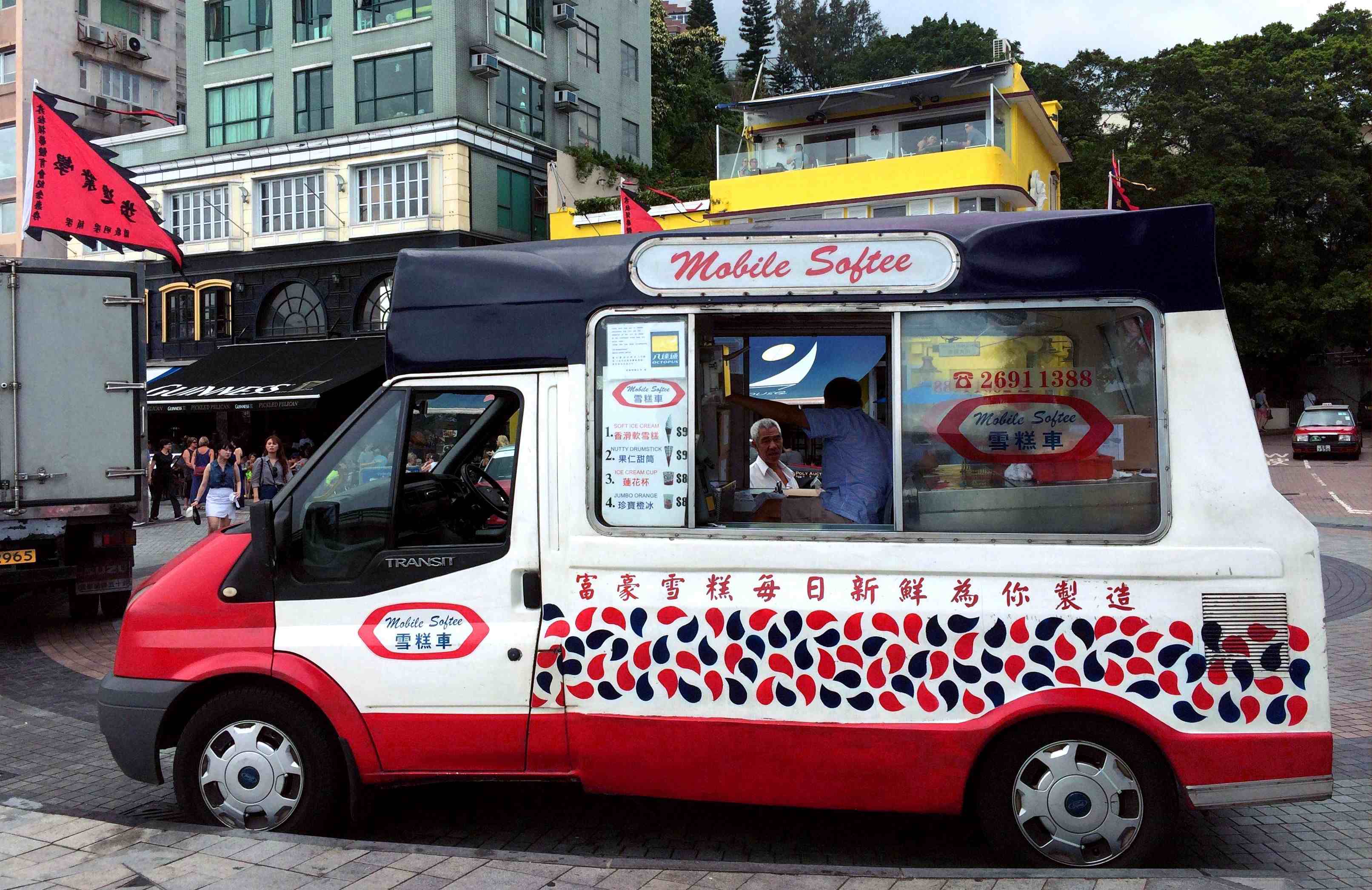
CFP Photo
Ice cream trucks have long been part of the collective memory of Hong Kongers. The streams of refreshing, soft vanilla, but also the iconic red, white, and blue exterior of the trucks, with The Blue Danube tune playing on a continuous loop.
Owned by Ng Enterprises, Hong Kong’s first ice cream van was imported from England and began to work the streets in 1970. Renamed Mobile Softee in 2010, the company now has 14 trucks dishing out ice cream on Hong Kong Island, Kowloon and the New Territories.
Cha Chaan Teng
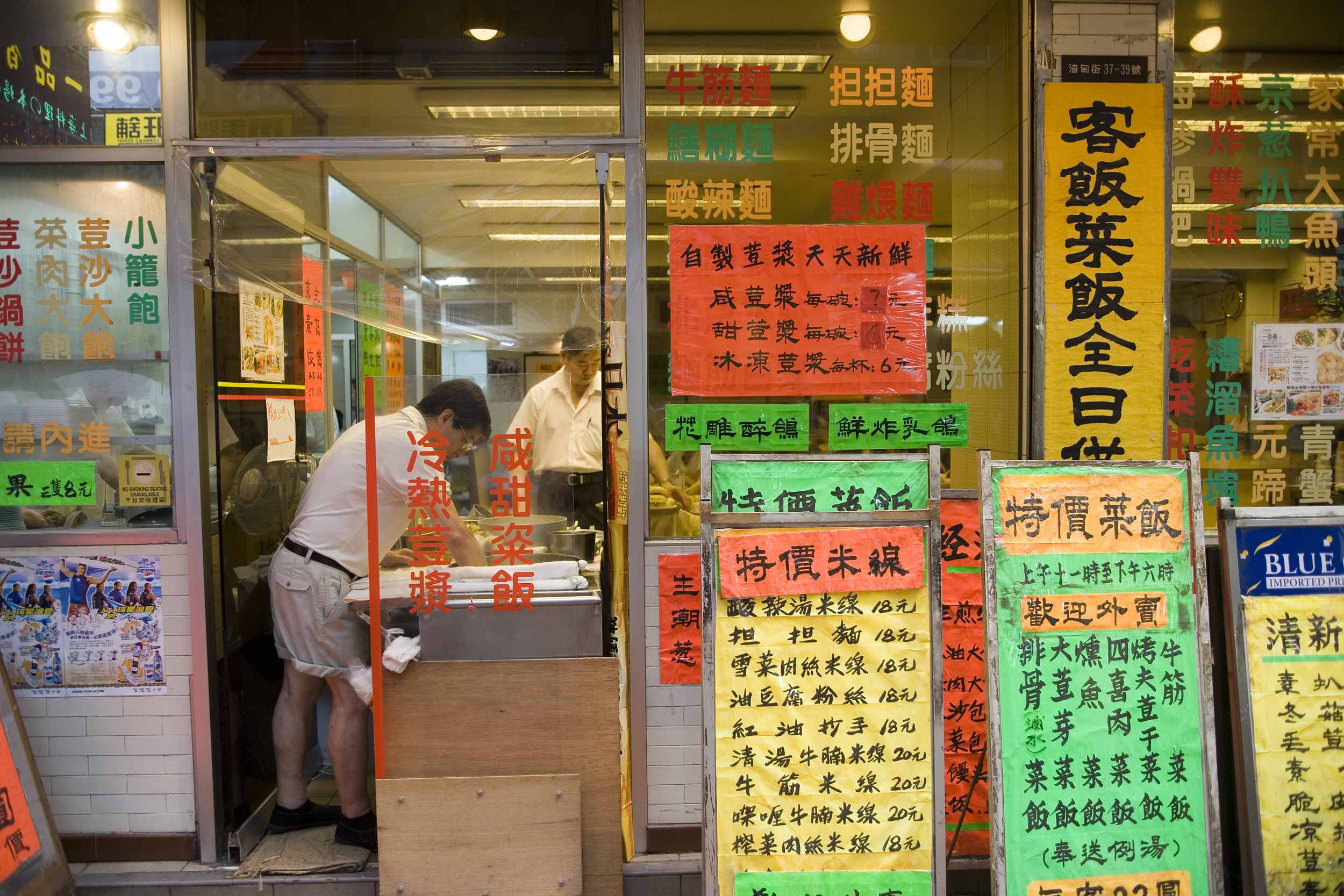
CFP Photo
A newspaper with 一盅两件 (Lit. One cup with two plates, meaning a cup of tea with two dim sum dishes) is how many elderly people spend their morning, but the blue collar workers of Hong Kong usually have a quick lunch in a nearby Cha Chaan Teng – tea restaurant, serving Western dishes with Chinese twist – during rush hour.
Only in Hong Kong can you experience such a variety of dim sum delicacies — in fact, you have probably read about them in our previous WeChat newsletter. (Click here: Sampling Hong Kong's gourmet food) Taking a seat in a Cha Chaan Teng is also a window into Hong Kong’s hectic lifestyle, as many local tea restaurants are known for their fast service and high efficiency. Don’t dawdle, you won’t get much time to decide what to eat or even to finish your meal. And brace yourself for some impatient waiters just in case they yell at you, but don’t be put off — it’s all part of the Hong Kong experience.
Red minibus
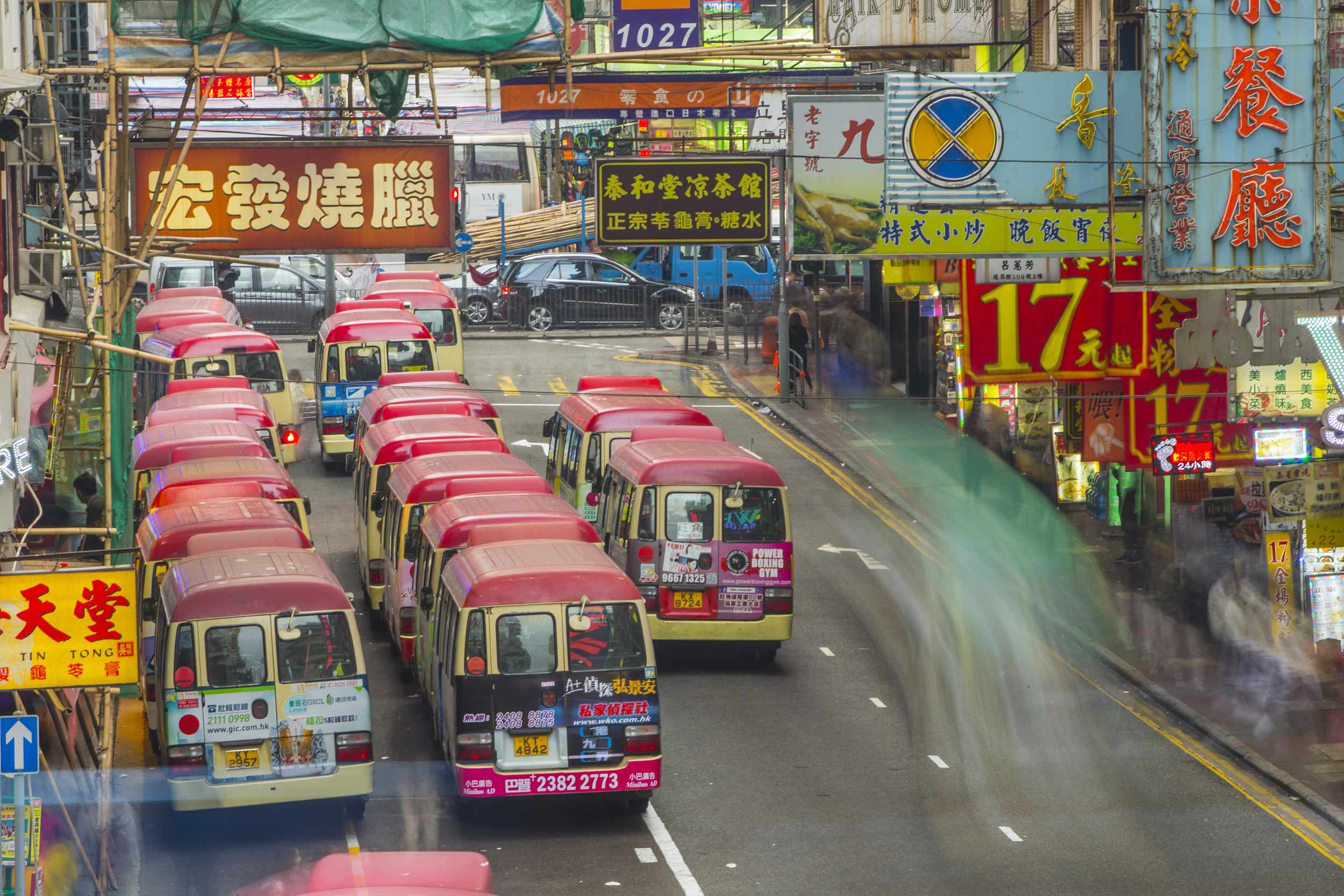
CFP Photo
Nearly 90 percent of all trips in Hong Kong are taken on public transport, amounting to around five million journeys every day. One mode, the red minibus, is particularly special to Hong Kongers. It’s a kind of flexible shared taxi, with passengers allowed to hop on and off anywhere. It also changes its fares and routes during the course of each day.
The public light bus is ubiquitous in TV soap operas and movies. The red and blue signs that inform would-be passengers where a red minibus is going are another icon in the eyes of many. Sixty-year-old calligrapher Mak Kam-sang, Hong Kong’s last writer of minibus signs, is campaigning hard to preserve the tradition.
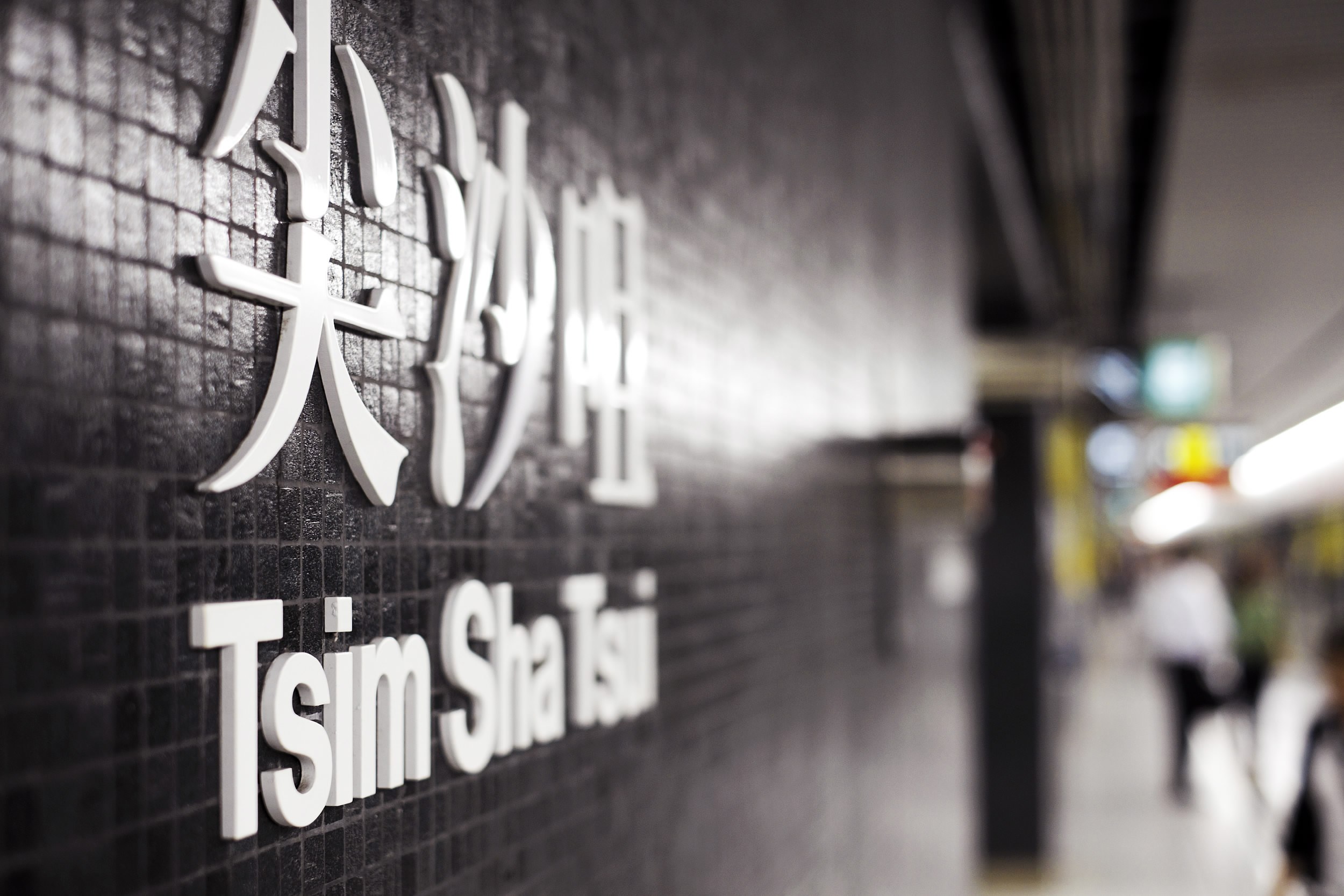
CFP Photo
Of the more streamlined options, Hong Kong’s subway system is the envy of the world. It offers locals and tourists a fast and convenient carriage to all the excellent highlights of the city at a low price… and all the signs, announcements, and calls are in English.
Choi Hung Estate
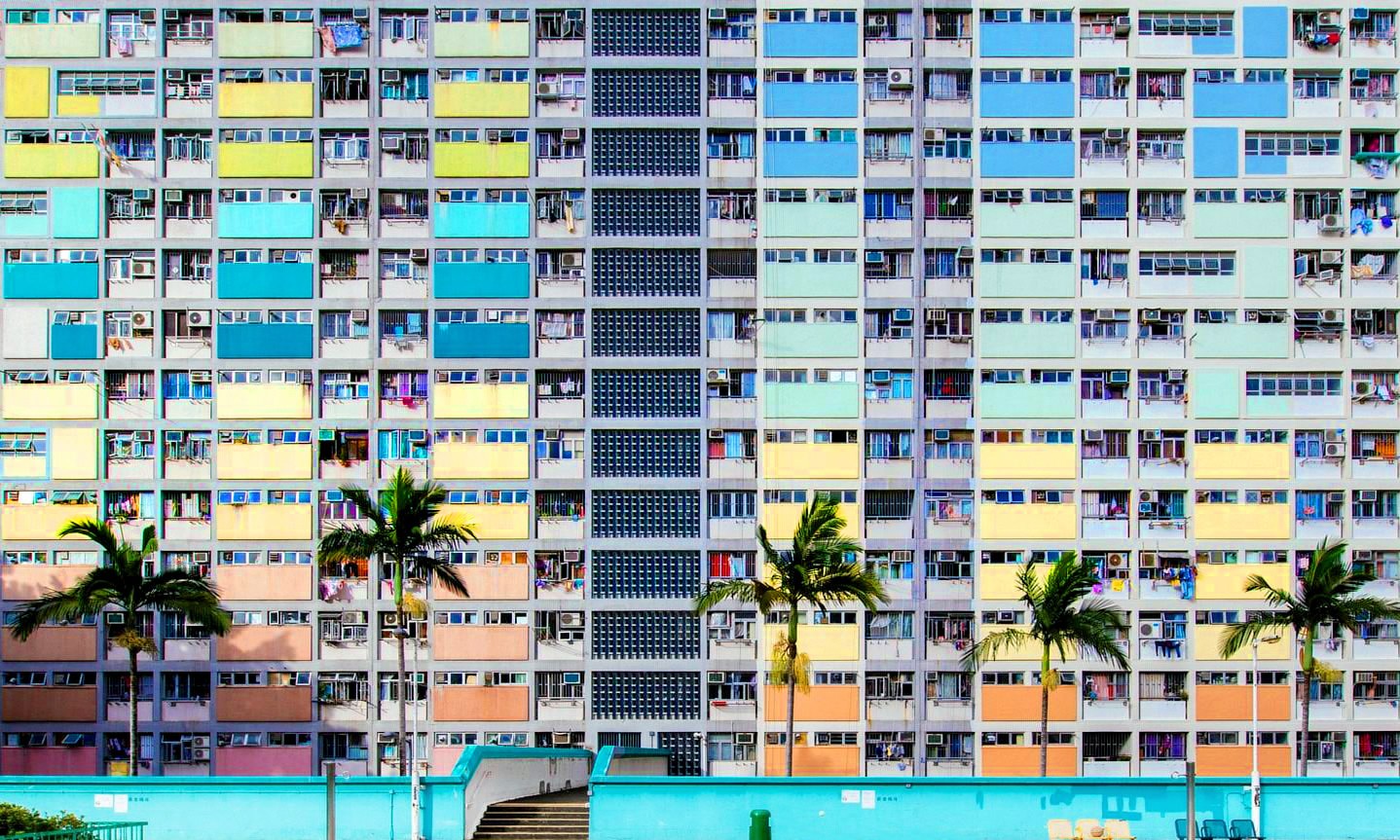
CFP Photo
With a population of more than seven million and an average living space as small as 13.1 square meters, providing affordable public housing for lower-income residents is a central duty of the Hong Kong SAR government.
Located in the Wong Tai Sin district of Kowloon, the Choi Hung Estate (Lit. rainbow) was built in 1962. It consists of 11 blocks of public rental housing and has been painted eight different colors. The unique design and charming pattern was not only awarded silver by the Hong Kong Association of Architects in 1965, but also continues to attract scores of tourists. If you want to post an insanely beautiful photo on Instagram, this is one of the top places in Hong Kong to take a sharable shot.
Neon signs
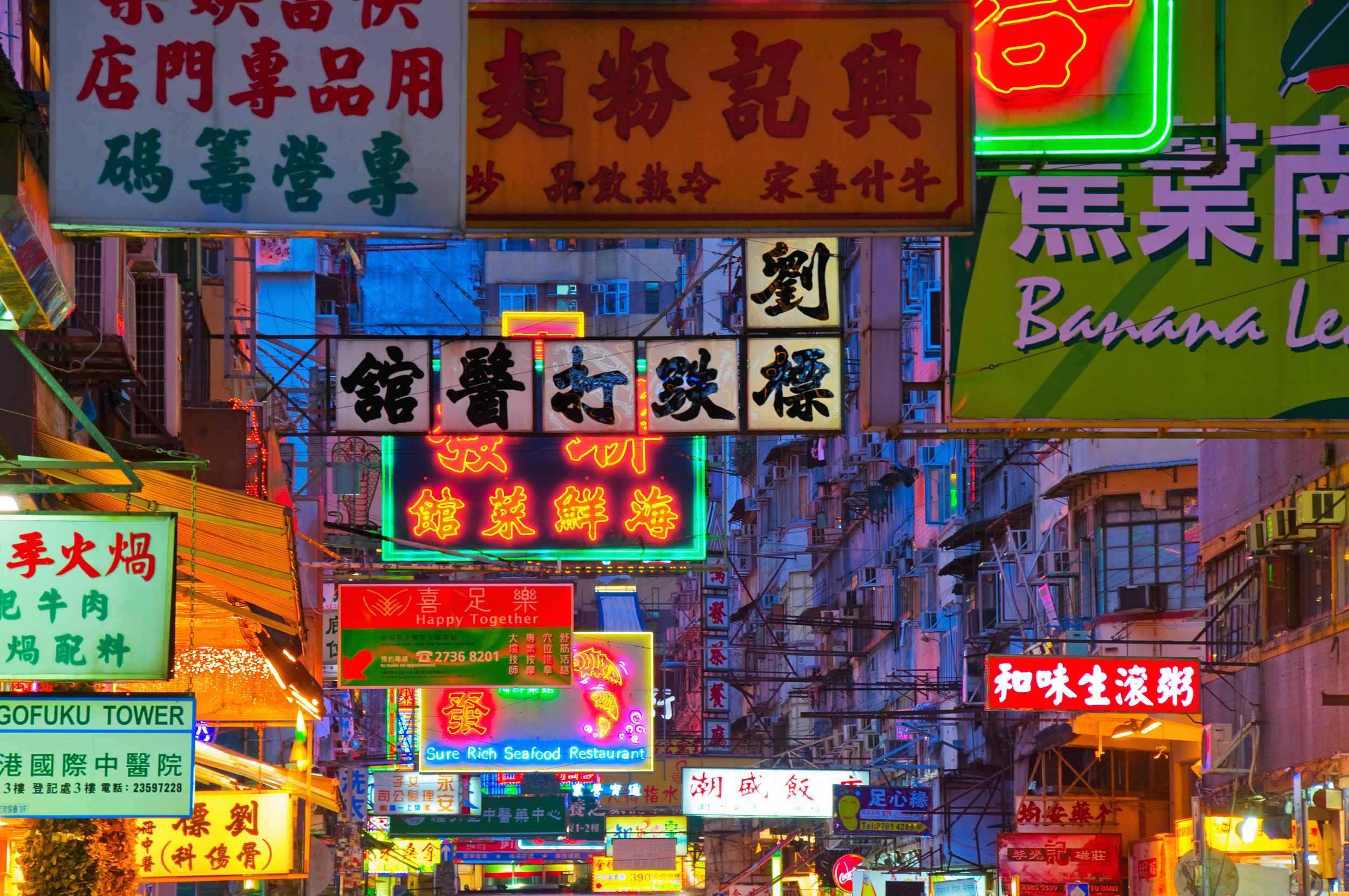
CFP Photo
With 8,000 buildings reaching taller than 14 floors, Hong Kong has more skyscrapers than any other city in the world, almost double the number in New York. When striding through the streets, tens of thousands of colorful signboards hang from the buildings above.
The glittering creatures come alive as night falls, placing you at the heart of the concrete jungle. Such visually-appealing neon signs have become an indelible part of Hong Kong’s skyline. The traditional neon glare is slowly disappearing, however, replaced by more energy efficient LED signs. A blow to the city’s heritage, but a boost to its future.
The diverse nature
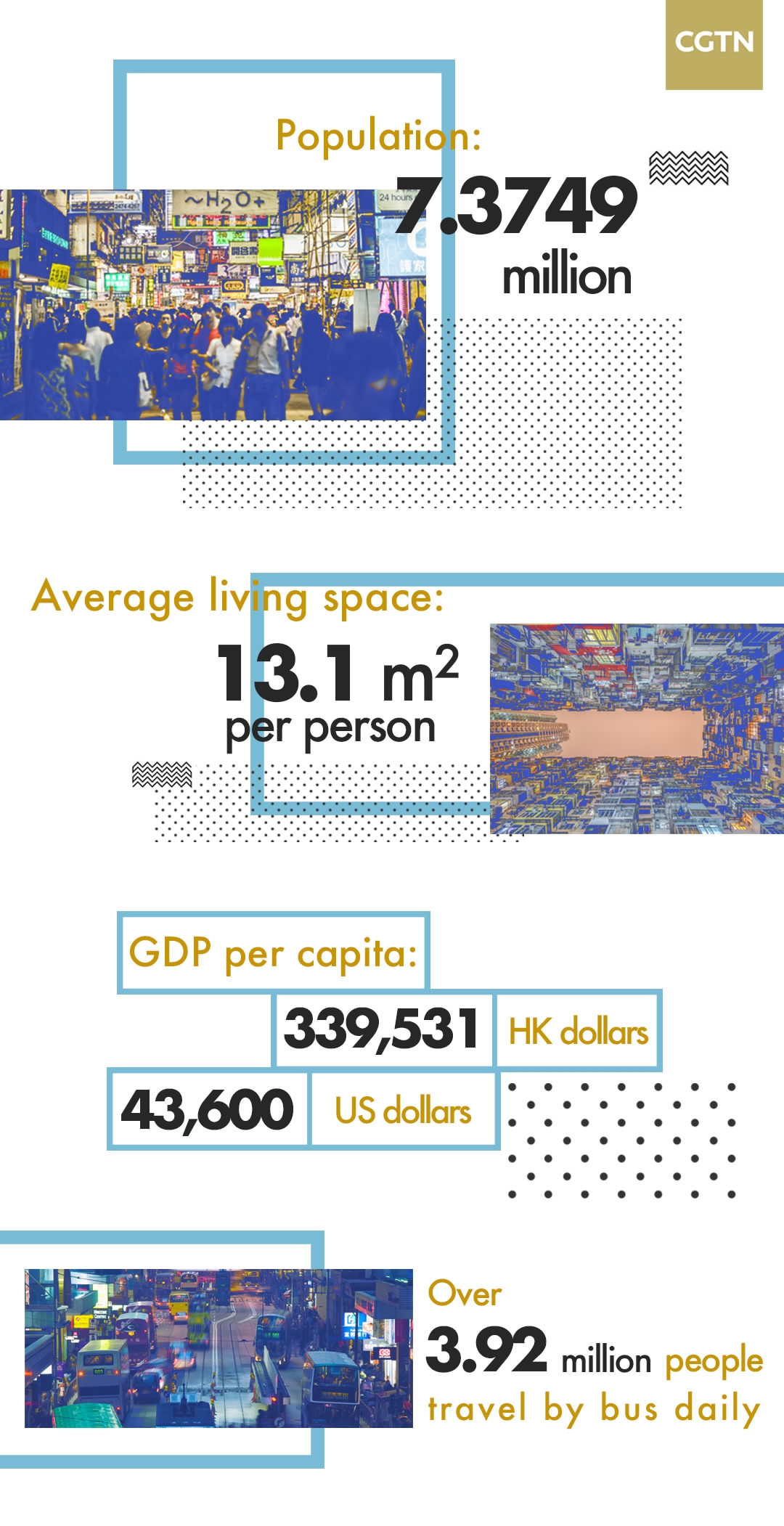
CGTN Photo
Hong Kong’s local identity is, of course, far more than the snapshots above. The city is shaped by every single aspect of law, politics, education, language, cinema industry and expression. There is a long and important story to tell on such a sophisticated fusion of East and West.
What kind of signage in Hong Kong can best reveal the hidden depths of the city’s culture? Which part of the city lingers in your mind? How would you define the metropolis in one keyword? Share with us @CGTN on our social media platforms.









